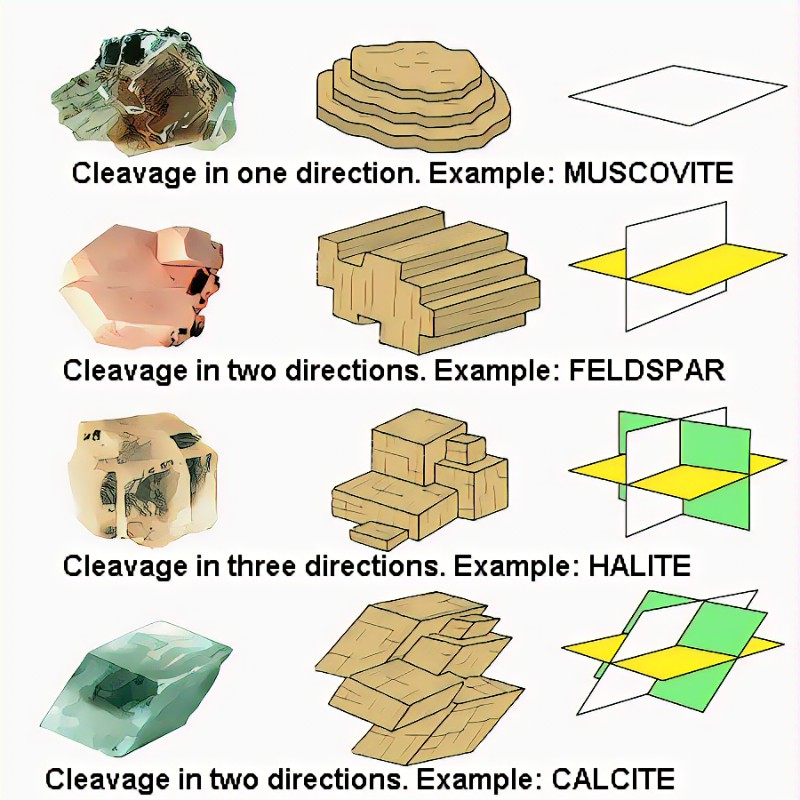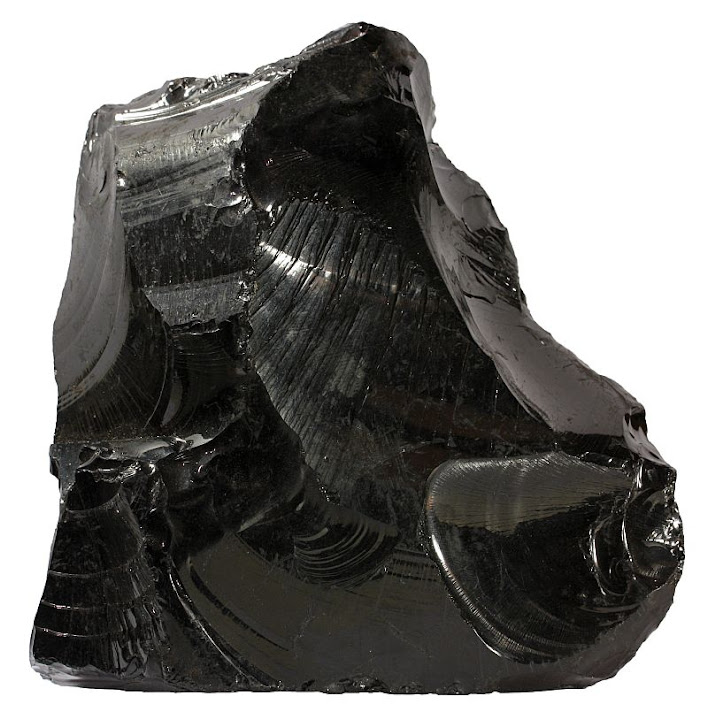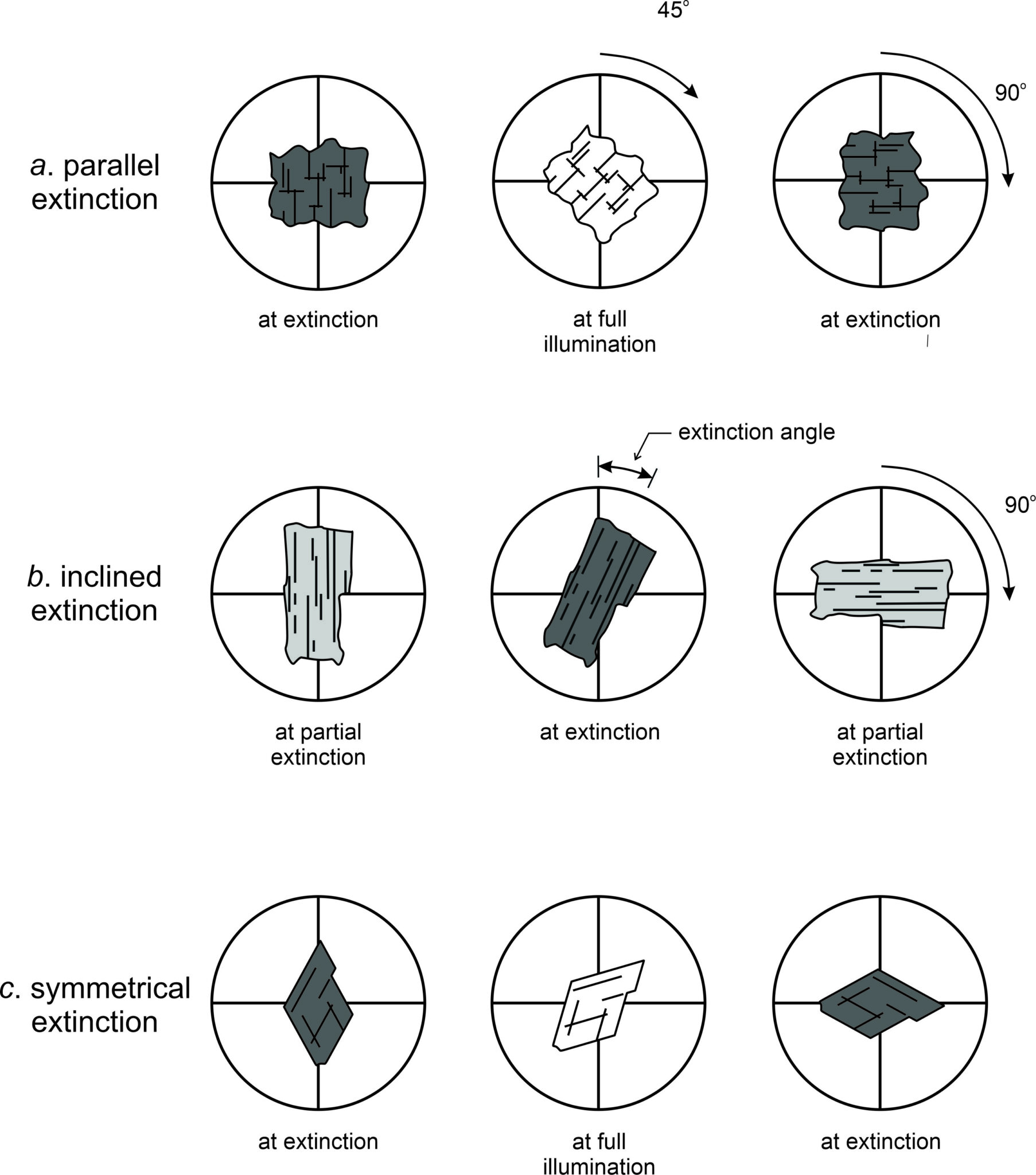Minerals in thin section: Properties
1/20
There's no tags or description
Looks like no tags are added yet.
Name | Mastery | Learn | Test | Matching | Spaced |
|---|
No study sessions yet.
21 Terms
What does anisotropy look like in XPL?
Show extinction and interference colours in XPL
Which crystal system is not anisotropic?
Cubic crystal system

Are cleavage planes regular or irregular patterns?
Regular planes
What is cleavage?
The regular planes along which minerals tend to break along

What do conchoidal fractures look like?
Curved fractures

What type of minerals are conchoidal fractures common in? Give an example
Strong minerals, eg. quartz
Do minerals with conchoidal fractures have cleavage?
Generally have no or very weak cleavage
What type of minerals are always in extinction?
Isotropic
Why are isotropic minerals always in extinction?
The polarised light is not doubly refracted when passing through
How many extinction positions do anisotropic minerals show during a 360 rotation?
4 symmetrical

What are the 3 types of extinction, relative to crystal faces or cleavage?
Parallel, inclined and symmetrical
Are fractures regular or irregular?
Irregular
What are fractures?
The irregular lines along which minerals tend to break along
What are interference colours?
The colour of anisotropic minerals in XPL
When do isotropic minerals show extinction?
In all positions in XPL
Give examples of isotropic substances
Cubic crystal systems, eg. garnet, and glass
What is lustre?
The reflective property of a mineral
What is pleochroism?
Minerals exhibit different colours when observed at different angles in PPL
What is a reentrant angle?
Crystal faces that intersect at an angle between 180 and 360
What do reentrant angles mark?
Twinning in a crystal
What crystal properties do twins have different values for?
Interference colour and extinction angle